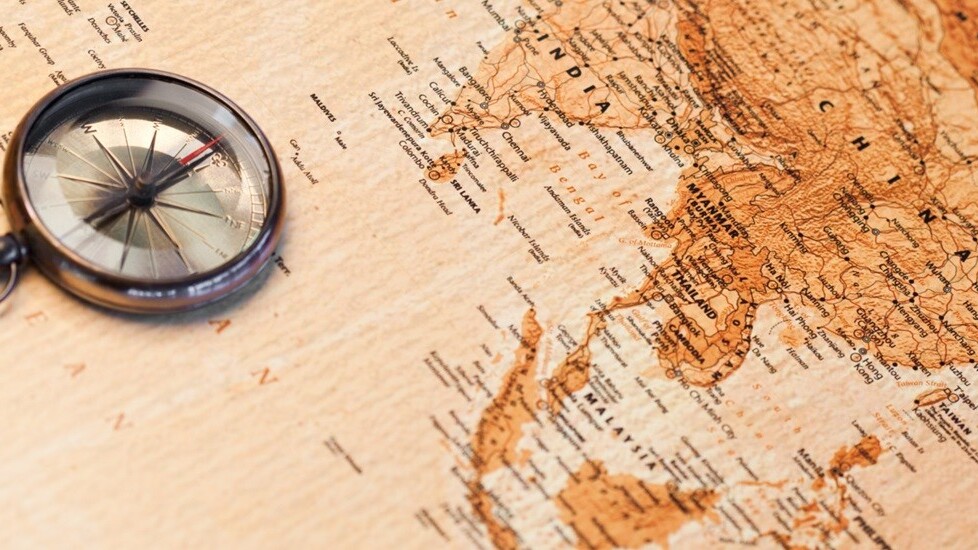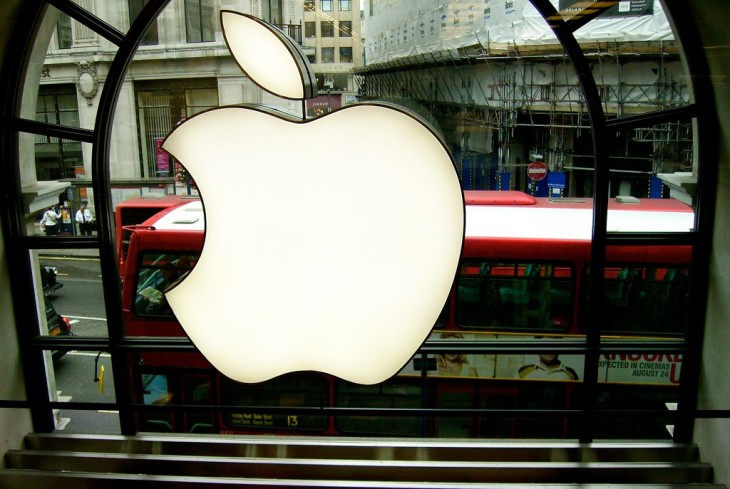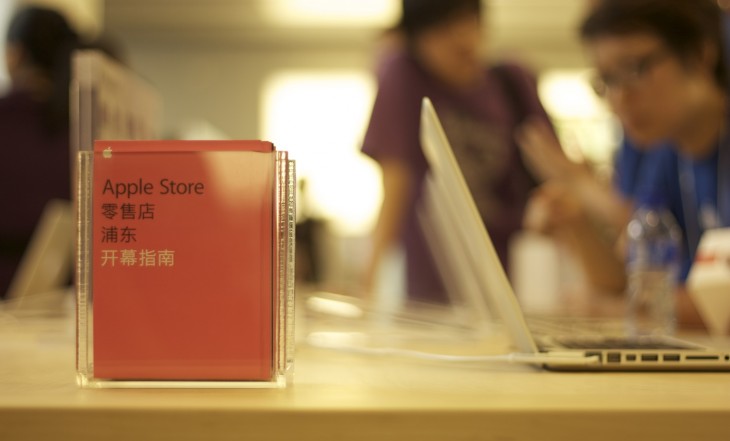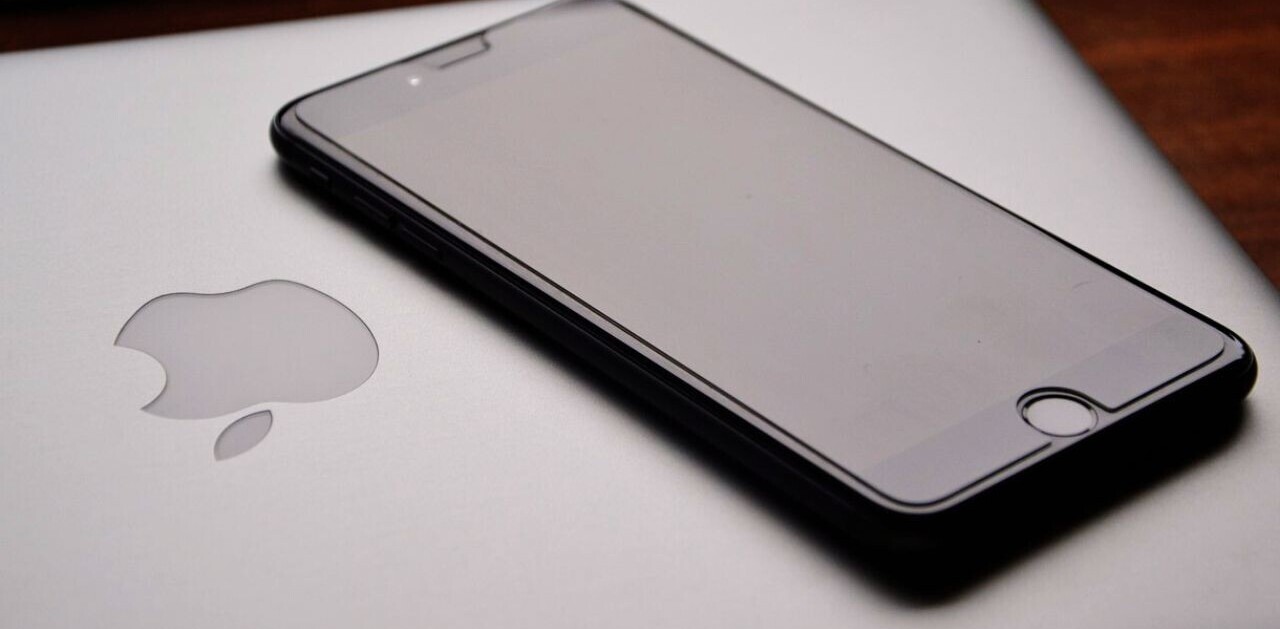
Apple’s latest quarterly business results are in — you couldn’t have missed them — and the company has good news in Asia, where it has turned things around in China, and continued to grow in Japan.
The chart below shows that both markets were the only ones where revenue rose quarter-on-quarter and year-on-year. Yet, there’s another interesting segment: ‘Rest of Asia Pacific’.
Revenue in APAC fell — both quarter-on-quarter and year-on-year — but, more tellingly, it continues to be a very minor income line on Apple’s impressive revenue sheets.
Apple’s position in APAC is worthy of attention because — even taking Greater China and Japan, which are accounted separately, out of the picture — the region accounts for more than 3 billion people, and yet it remains Apple’s lowest performer by some margin.
So why is Apple not making big money in Asia?
There are numerous reasons, but the fact that it has a very limited physical retail footprint in the region — New Zealand, Australia and Singapore are among the handful of countries with Apple Stores — is indicative that the region simply isn’t a priority. Indeed, many places in Asia Pacific only got support for the iTunes Store in December 2012.
Apple’s approach to Asia — where products are sold via carriers, resellers and Apple’s online store — is almost certainly because Asia Pacific is a longer-tail market. The population, while vast, typically has a lower average salary, there is a lack of carrier subsidization in many countries and Apple’s own pricing is beyond many consumers.
In Thailand, for example, there are no subsidized plans and those wanting an iPhone 5S must stump up $770 (23,900 THB) while the iPhone 5C is priced from at $630 (19,900 THB) — it’s no surprise to see that shipments of more affordable Android phones dominate in Southeast Asia and other places.
In short, the economies of scale simply don’t add up and justify a retail expansion. Apple isn’t about to switch things up and go after tier-two countries where smartphone adoption is (growing but) still nascent, but there are signs of a gradual approach to raise visibility and sales in some potentially lucrative countries.
For instance, it is looking to drive sales of tablets and smartphones India’s smaller cities and towns via reseller model, while it is long-rumored to be considering retail stores in Indonesia, which has a population of some 240 million — but for now there are more significant targets to focus on.
The company is reportedly preparing to launch its first retail store in Brazil by March 2014. That would be a big deal, Quartz notes, because it would represent not only an increased presence in a market of 250 million Internet users, where smartphone adoption is exploding, but it would be the first Apple Store in Latin America.
Its efforts in Brazil clearly show Apple is expanding its global retail footprint, but lower profile markets in Asia-Pacific are not an immediate concern at this point. That will frustrate some Apple fans, but given that the company is still building its presence in many markets — it plans to double its outlets in China — it makes sense to focus on the fat of the land first.
Of course, with a new retail chief incoming, the global plan might change, but for now Asia will remain a region where Apple’s business under-performs vis-à-vis the total population.
Headline image via Thinkstock, nickpick84/Flickr and Joe-Webdesigner/Flickr
Get the TNW newsletter
Get the most important tech news in your inbox each week.







